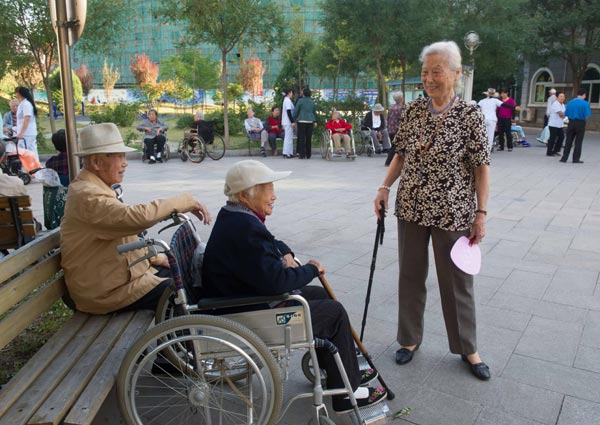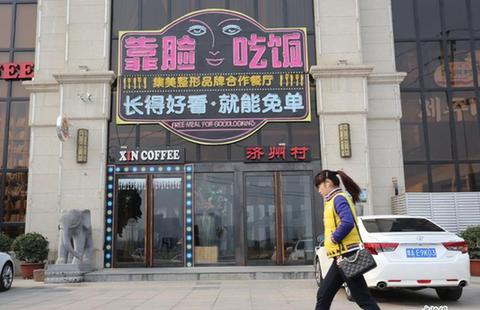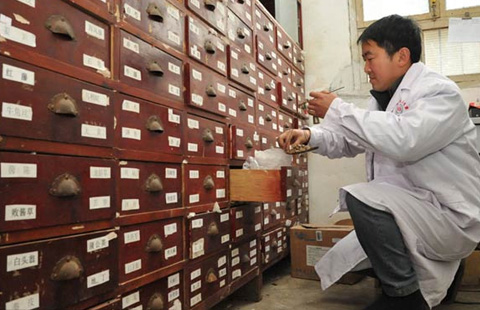China unifies pension system
By Dai Tian (chinadaily.com.cn) Updated: 2015-01-14 17:53
 |
|
Senior citizens chat at a retirement home in Beijing. [Photo/Xinhua] |
Public institutions will have to start contributing 20 percent of employees' salary to their pension fund and develop an annuity arrangement, according to the country's latest reform.
The current dual pension system has reached its final stage, the official website of the Chinese government unveiled. The new reforms are expected to "increase fairness" in the pension system the website wrote.
This is the first time that the public sector has shared a unified pension system with enterprise retirees. According to the guideline, employees of public institutions need to pay 8 percent of their salary as a pension premium.
China has the largest senior population in the world, with 194 million people at or above the age of 60, according to the China National Committee on Aging.
Pension reform was first launched in 2008 as a pilot program in various provinces and municipalities including Guangdong province and Shanghai.
Related Story:
40m govt employees face pension reform
About 40 million members of government, Party, and public institution staff will be affected by the reform of China's pension system.
China's Vice-Premier Ma Kai on Tuesday reported on the social security system at the ongoing bi-monthly session of the National People's Congress (NPC) Standing Committee, saying the basic idea is a pension system for public employees with the same qualities as those urban retirees from enterprises.
Changes to occupational annuities and the salary system will be made simultaneously nationwide, Ma added.
China has the most public employees in the world. As the population is expected to reach 1.43 billion in 2020, the State Council wants a pension system that covers the whole population.
- China unveils unified pension system
- Arab who turned owner from laborer in Yiwu, East China
- Audits of SOEs to be increased
- Microsoft closes a door on Windows
- Top 10 Chinese passenger car makers by sales in 2014
- Rail merger set for antitrust reviews
- City halts investment program
- Tender of first foreign bank-launched ABS closed
















